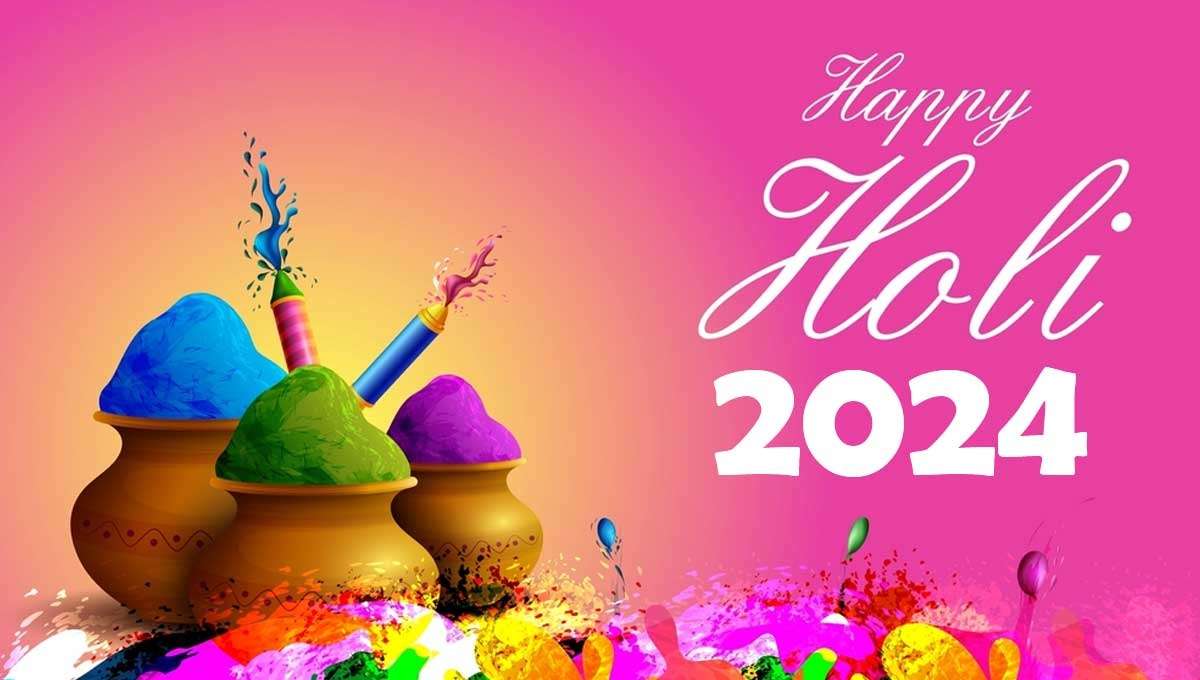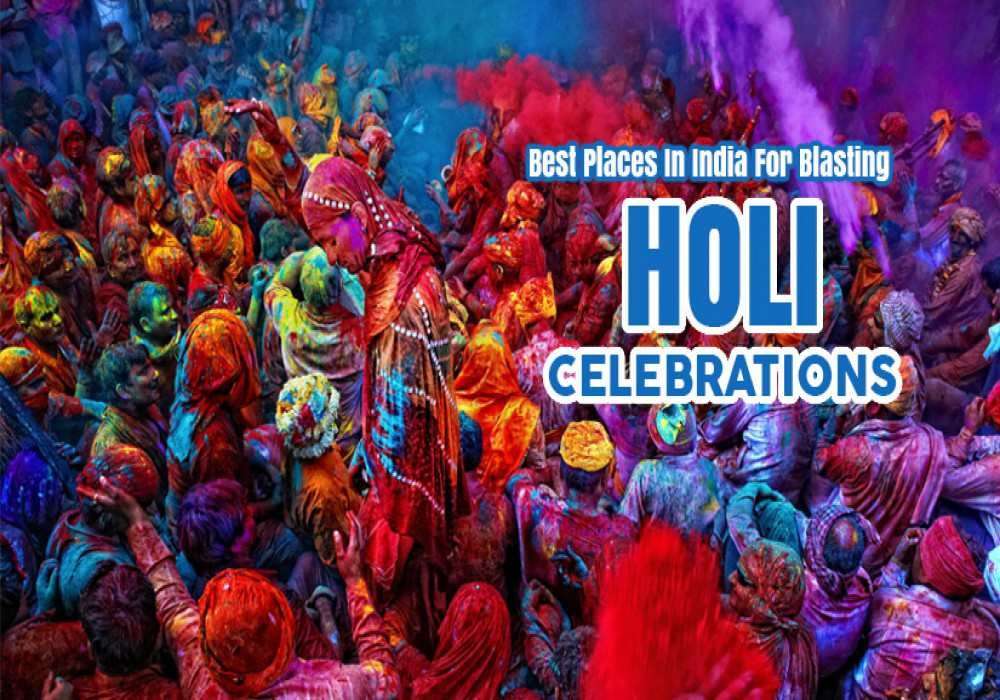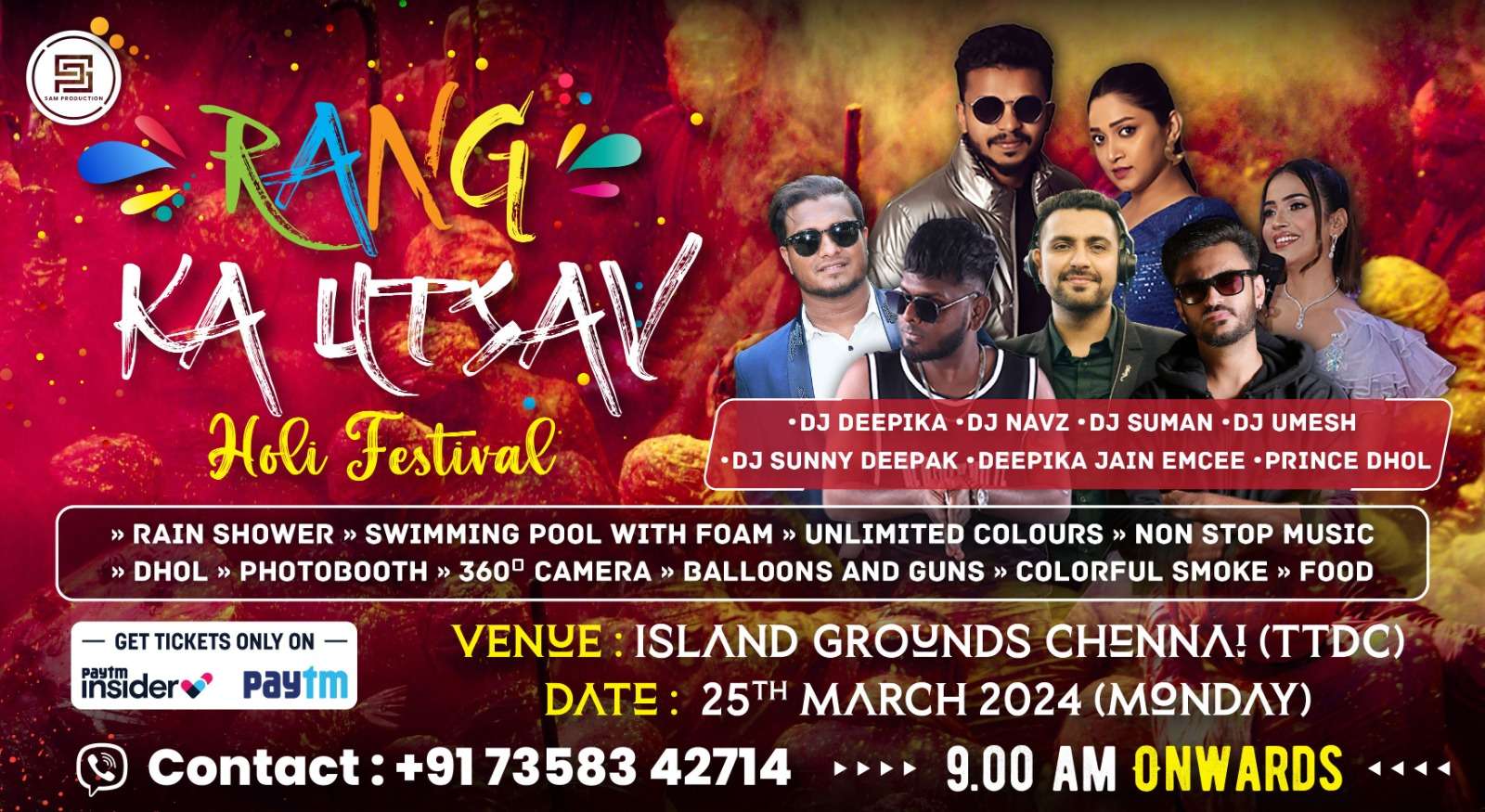Explore the Vibrant Festival of Colors in India - Holi Festival in India

March 17, 2024
Explore the Vibrant Festival of Colors in India - Holi Festival in India
"Immerse yourself in the vibrant and lively atmosphere of the Holi festival in India, a celebration of love and cultural diversity. Discover traditional rituals, colorful powders, and festive parades during this springtime event. Join the community gathering and indulge in delicious food to truly experience the spirit of India."
"Welcome to the colorful and joyous world of Holi, one of India's most beloved and vibrant festivals. This annual celebration of love, joy, and cultural diversity brings people from all walks of life together in a riot of colors, music, and food. Join us as we delve into this enchanting festival's cultural significance, traditional customs, and modern celebrations. From the bustling streets of India to its global appeal, learn all about the festival of Holi and why it continues to captivate the hearts of millions every year."

The Festival of Colors in India, also known as Holi, is a vibrant and joyous celebration that is deeply rooted in the country's rich cultural heritage. Falling on the full moon day in the month of Phalgun (usually in March), Holi is a time when people of all ages and backgrounds come together to spread love, happiness, and of course, colors.
Holi is one of the most popular festivals in India, and its origins can be traced back to ancient Hindu mythology. Legend has it that the festival commemorates the victory of good over evil, with the burning of the demoness Holika and the love story of Lord Krishna and Radha being the central themes.
The festival is celebrated in different ways across India, but the essence remains the same – to welcome the arrival of spring and bid farewell to the cold winter. The main celebrations of Holi typically start the night before with a bonfire, known as Holika Dahan, where people gather around the fire to sing, dance, and perform rituals.
On the day of Holi, the streets of India come alive with a riot of colors as people drench each other in water and smear each other's faces with colorful powders called gulal. This tradition is said to have originated from the story of Lord Krishna, who is believed to have played pranks with colors on his beloved Radha and other gopis.
One of the most striking aspects of Holi is its inclusivity – people of all ages, castes, and religions come together to celebrate this festival. It is a time when social barriers are broken, and everyone is seen as equal. This spirit of unity and togetherness is what makes Holi a truly unique and special festival.
Apart from the colorful celebrations, Holi also has a religious significance. It is believed that the colors used during this festival have healing powers and can purify the body and soul. In some parts of India, Holi is also celebrated as a fertility festival, and married women pray for the well-being and prosperity of their families.
The festival has gained immense popularity worldwide, and it is now celebrated in many countries across the globe. However, the charm and vibrancy of Holi in India cannot be matched. The streets are adorned with colorful decorations, traditional sweets and delicacies are shared, and music and dance performances add to the festive atmosphere.
Despite being a joyous occasion, Holi also has its environmental impact. The use of chemical-based colors and excessive water wastage has become a growing concern. To combat this, many organizations in India are promoting eco-friendly Holi celebrations, which involve the use of natural and organic colors and minimizing water usage.

In conclusion, the Festival of Colors in India is a celebration of love, unity, and happiness. It is a time when the entire country comes together to revel in the beauty of spring and spread joy and positivity. Holi embodies India's cultural diversity and spirit, making it a must-visit festival for anyone looking to experience the country's vibrant and colorful traditions.




